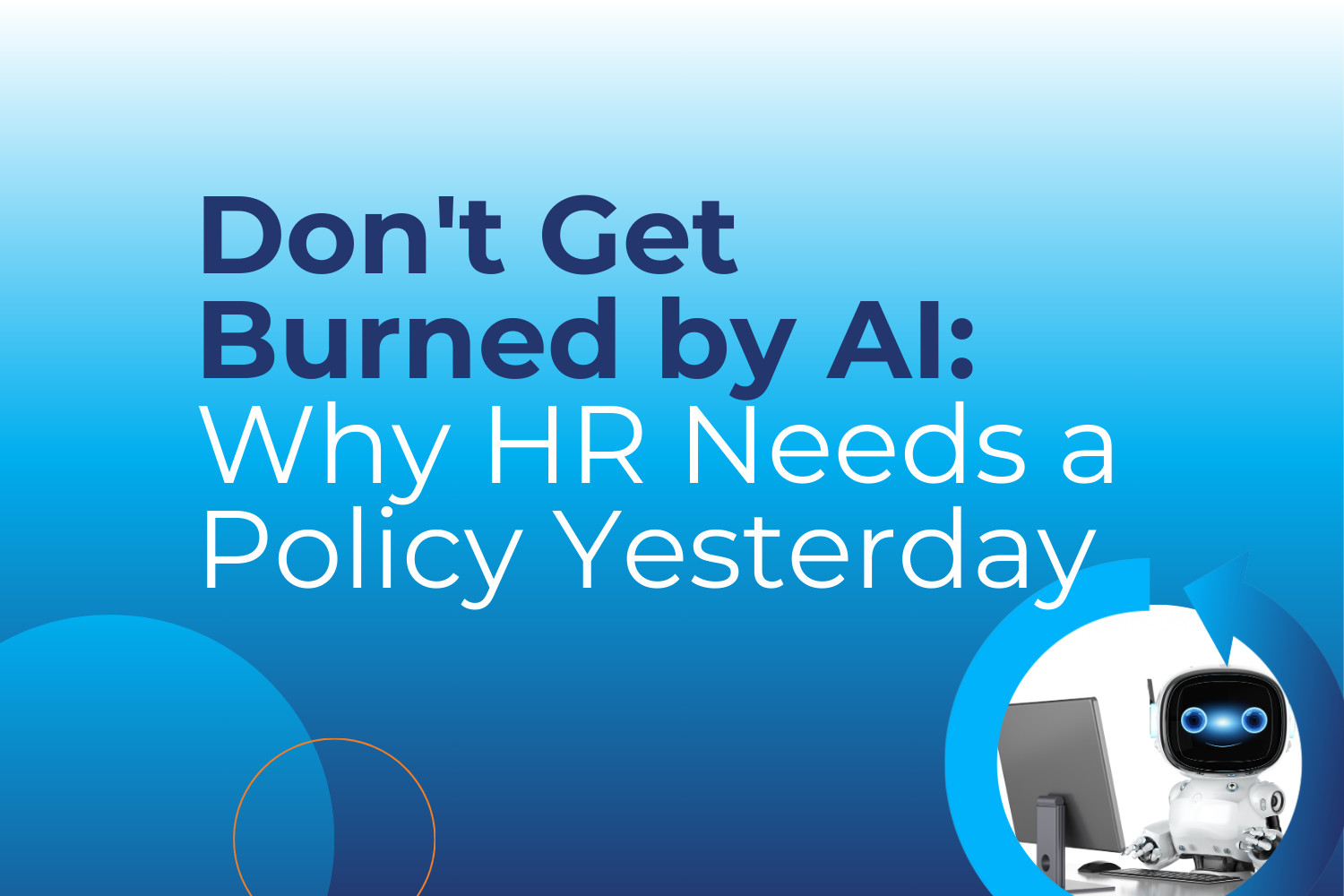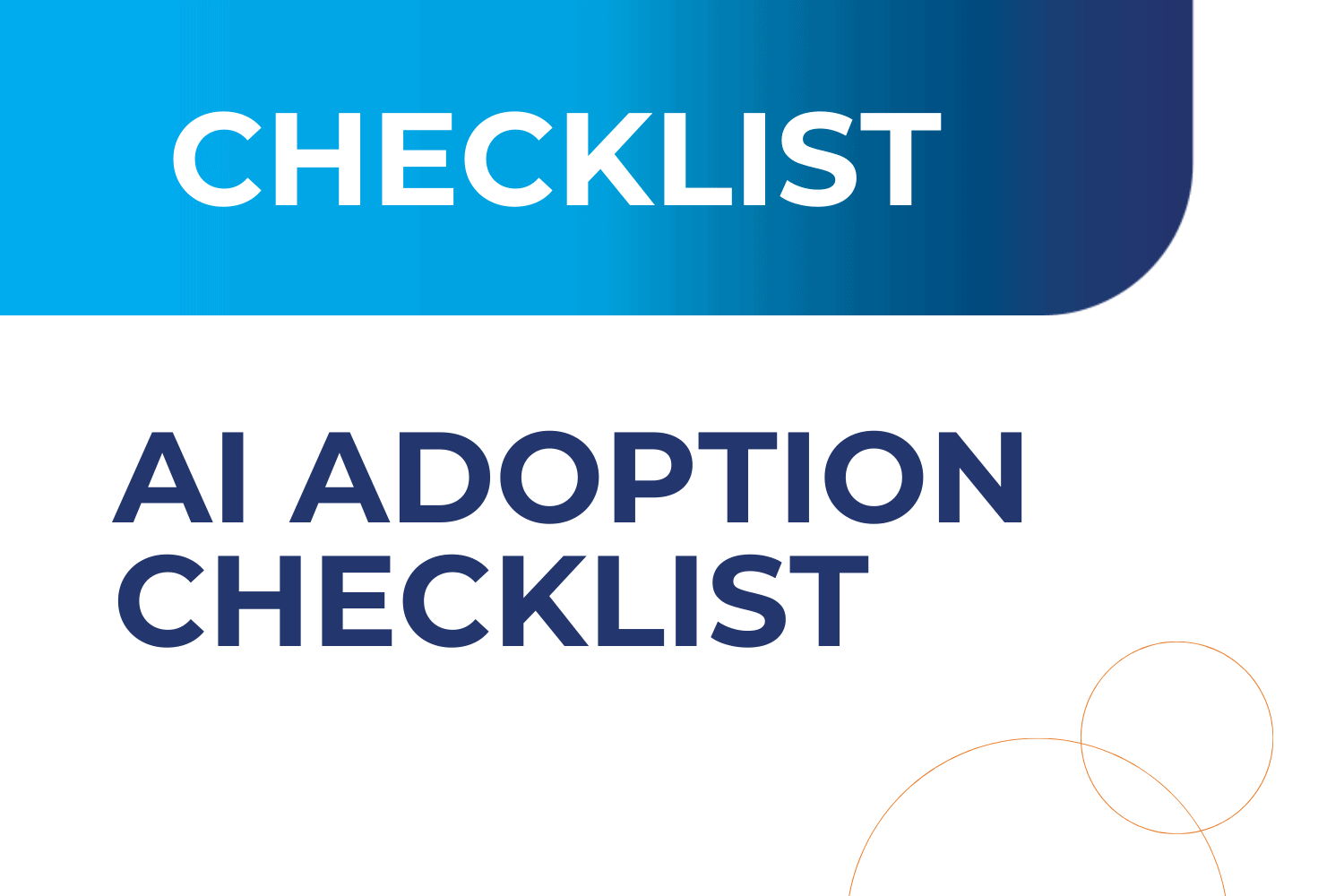5 Key Tips to Maintain Human Capital by Engaging the Workforce

One of the most prevalent problems in today’s workforce is burnout among employees. Whether a business has one employee or a handful of people in the organization who are feeling burnt out and disengaged, they will see some painful consequences: damage to employee productivity, reductions to the company bottom line, and even difficulty in retaining talent for the organization. Here are five strategic tactics that companies, their management, and HR teams should utilize for the development of employee engagement to preserve human capital.

1. Create and model clear boundaries.
Often, human resources professionals see that an employee is burnt out because they work too much. It’s common to see an employee, especially a remote employee, who has a hard time unplugging from their workload. To help every employee maintain healthier boundaries, management should take time for development, sharing, and modeling them. As an example, in some organizations, management shares that the typical employee should only work from nine to six (then log out for the day). Management should demonstrate these boundaries themselves. They should not email, call, or engage an employee after six. Management should publicly log out themselves at six and not engage with employees who reach out to them with questions, etc. until the next day.
2. Do an audit of what is offered to workers.
To retain human capital and better engage talent, management should audit what the organization offers to the average employee. Research has shown that in general, an employee is motivated by these things:
- Recognition and reward
- A sustainable workload
- Autonomy
- A supportive work community
- Clear company values and culture
- Fairness and respect
Management and human resources should consider how (or if) the organization offers these benefits to the average employee, as well as how they could improve.
3. Utilize employee surveys.
It will be easier for management to take effective action when they know what employees need. Sending out an employee survey, especially one that is anonymous, will help the management at an organization see why their human capital may feel disengaged. It will also show the organization what they need to do to improve employee engagement. MP’s HR software assists with the development of these kinds of surveys, sharing them with all employees in the organization, reminding people who need to complete them, and aggregating data for the organization to better see it and act.
It’s imperative to note that if an organization and its management isn’t ready to engage in strategic development based on survey data, they should not implement a survey. For some organizations, it’s more damaging to their human capital to give a survey that gets ignored. If employees share a need, it’s critical for organizations and their management to make them feel heard.
4. Utilize software like MP’s Perform and Engage.
Using HR software solutions (like MP’s Perform and Engage) assists an organization with human capital development by improving the performance review process and making it feel more constructive for employees. HR software also improves the development of communication in organizations. Organizations that invest in better communication between everyone (including remote and in-person staff) will have employees who are significantly more engaged. Frequently, what employees need to feel engaged with their organizations includes strong connections with their coworkers and managers.
5. Offer mental health days.
A critical tactic for organizations to invest in their human capital is offering mental health days. Employees should be able to take these days when they need, no questions asked. The strongest human capital is refreshed, motivated workers. Organizations focused on the development of its company culture and human capital will find that even just a single mental health day a year will be extremely impactful.
For more insights from our team, take a look at our post on 4 reasons you need effective succession planning tools.
Recent HCM Posts
Recent Posts
- Building a High-Impact Leadership Development Strategy: A Step-by-Step Guide
- Why Leadership Training Matters in 2025 and Beyond
- The Real Reason Your New Hires Quit (And How to Fix It with Smarter Onboarding) – Zip Drive INCLUDED
- Learn & Grow: The Learning Management System for Employee Engagement and Retention
- From Attic to Innovation: Jason Maxwell’s HR Leadership Journey
Categories
- ACA (10)
- AI (6)
- BizFeed (6)
- Business Strategy (119)
- COBRA (5)
- Compliance (202)
- COVID-19 (92)
- Diversity (12)
- eBooks (19)
- Employee Engagement (33)
- Employee Handbooks (24)
- ERTC (29)
- FFCRA (7)
- HR (306)
- MP Insider (13)
- Payroll (122)
- PFML (9)
- PPP (24)
- PTO (5)
- Recruiting (53)
- Remote Work (39)
- Return to Work (32)
- Unemployment (1)
- Wellness (22)
Archives
- May 2025
- April 2025
- March 2025
- February 2025
- January 2025
- December 2024
- November 2024
- October 2024
- September 2024
- August 2024
- July 2024
- June 2024
- May 2024
- April 2024
- March 2024
- February 2024
- January 2024
- December 2023
- November 2023
- October 2023
- July 2023
- June 2023
- May 2023
- April 2023
- March 2023
- January 2023
- December 2022
- October 2022
- September 2022
- August 2022
- July 2022
- June 2022
- May 2022
- April 2022
- March 2022
- February 2022
- January 2022
- December 2021
- November 2021
- October 2021
- September 2021
- August 2021
- July 2021
- June 2021
- May 2021
- April 2021
- March 2021
- February 2021
- January 2021
- December 2020
- November 2020
- October 2020
- September 2020
- August 2020
- July 2020
- June 2020
- May 2020
- April 2020
- March 2020



